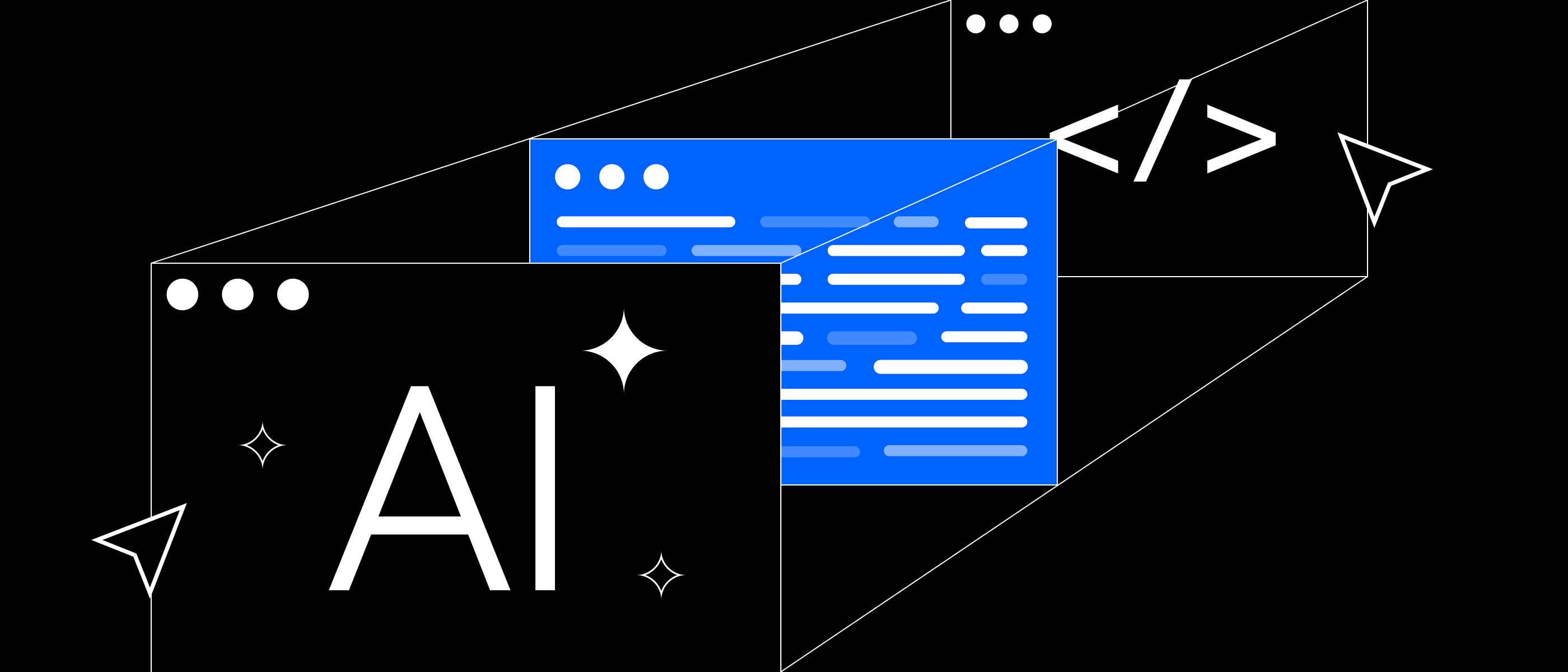Implementing software from scratch with quality takes time. There is planning, implementation, quality check, delivery, and iteration. And it's recurrent to try and re-create the "wheel" multiple times, as most software development challenges tend to be repetitive. For example, any platform/software with user accounts tends to have an authentication module, a widely iterated challenge containing tons of solutions from other projects.
Considering the development process impact within the product development, the required time to implement a feature or concept collides with expectations or the budget available to deliver it. Thus, we can take advantage of existing services or packages to do the heavy lifting and reduce implementation time and cost. Recently we've seen a boom of no-code and low-code services that can serve that purpose. I'll explain what they consist of and some scenarios where they can be of use.
Firstly, what are no-code and low-code?
Both paradigms allow for expediting the software development process, requiring technical knowledge to do it. They have increased in popularity as it enables companies to test and even ship features more quickly. It's essential to keep in mind that quickness has a cost, translated into budget costs and technical debt.
No-code
The no-code development paradigm allows creating value for a software product using a visual interface and user-friendly configuration instead of traditional computer programming. The no-code tools' most significant sell point is the inclusivity, as programmers and non-programmers can set up and manage them. There's no required specific technical knowledge.
Some examples of no-code tools used within Pixelmatters:
- Zapier - Data integration;
- Integromat - Data integration;
- Airtable - Data storage;
- Typeform - Forms.
Low-code
The low-code paradigm is oriented to programmers and usually allows them to visualize a traditional programming task by abstracting coding to drag-and-drop and modularize services. It will enable rapid delivery of various software solutions at the same technical debt cost if the product requires a migration to a custom solution.
Some examples of low-code tools used within Pixelmatters:
- Shopify - Ecommerce (also appliable as no-code to some use-cases);
- Webflow - Website Building, Hosting, and CMS (also appliable as no-code to some use-cases);
- Stripe - Payments (also appliable as no-code to some use-cases);
- WordPress - CMS;
- Twilio - Telecom API;
- Auth0 - Authentication;
- Glide - Web apps.
Use-cases
The no-code and low-code services can fit as plug-and-play black-boxes for an existing code-base or even facilitate marketing website creation. They are worth considering for MVP scenarios, non-functional features (like data exports generated from the software), and CMS for static websites (using WordPress, Shopify, and Webflow).
Keep in mind that if you have a core-feature that is a selling point in your software product, it should be custom-made by a dedicated development team. Leaving a core-feature linked with these services makes it vulnerable to external updates, downtimes, and third-party limitations.
Also, beware that most of these services can require integration, which often requires basic coding knowledge. For example, suppose you need to communicate with external services. In that case, you'll require creating the endpoints to be available on tools like Integromat, which enable integration with other services like Airtable.
Summary
Can these services replace a development team? Well, not quite. It isn't easy to find a size fit all no-code and low-code solution to any project.
If you want to ramp up a new small idea or pet project that requires any technical outcome, these services can help you kick-off the project. Applying to medium to large projects, integrating these services should be well analyzed before all.
Rule of thumb, there should be a reason and long-term awareness for using the no-code and low-code services, using them just for the sake of it or because they are trendy (looking at you, Kubernetes).
Follow Pixelmatters on Twitter, Facebook, LinkedIn, and Instagram.






